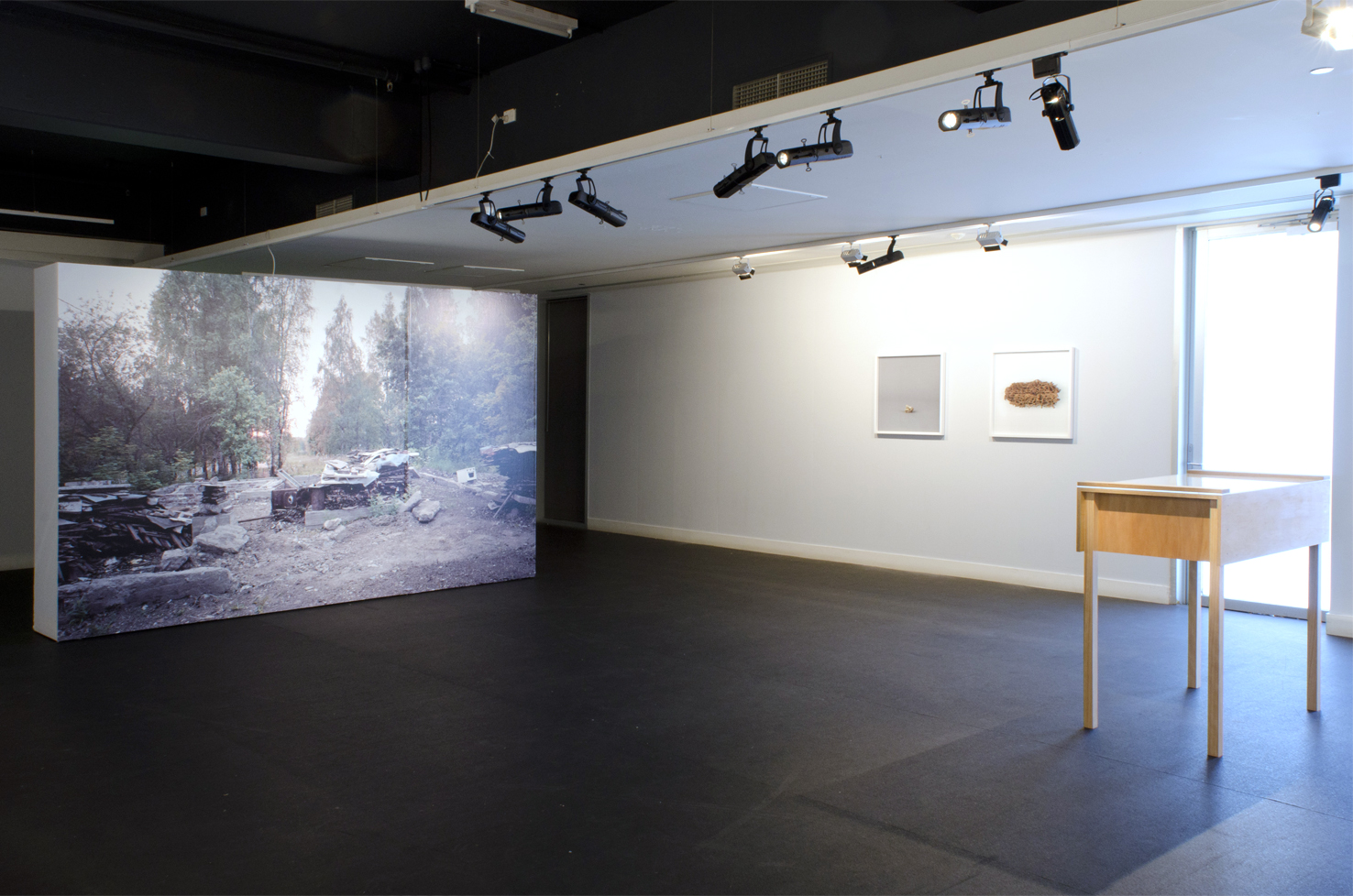
Reservoir
Within images about longing and belonging, Izabela Pluta intimates a familiarity for the unknown and a nostalgia for places we have never been. There is a sense of endless searching; Pluta allows our eyes to wander over her dusty and decrepit landscapes, pausing on objects that peak our curiosity, or that may provide meaning. Within this search is a sense of futility, of knowing that we will never find what we’re looking for.
Her work acknowledges that something has been lost, that something is missing, and attempts to supply it. There are passing gestures toward a narrative, but it is fractured beyond recognition. In presenting the pieces that once made a whole, Pluta somehow proposes a new pictorial logic that transcends her destitute subjects. She does not reassemble her broken subjects, but charges them with a new purpose. These subjects span the corners of the world. They cut through cultural and geographical strata to propose a universal disconnectedness. Humans do not feature in these images – compellingly so. There is a sense that we have never existed, and that the scars and traces we leave behind are of natural origin. The pieces of buildings and improved lands have been reclaimed by ancient and primitive forces.
Born in Poland in 1979, Izabela Pluta emigrated to Australia with her family in 1987. Since then she has travelled to locations as diverse as Mauritius, Finland, France, Poland, Northern Ireland and China. Tellingly, there are few specific signs within her work of this constant journeying. The focus, instead, is upon the act of travel, of the passage through space; the drift. As a psychogeographical concept the drift, or the ‘dérive’ in French, represents an aimless wandering through the world, with the senses open and alert to new aesthetic experiences. It forces us to recalibrate our understanding of home and of destination, for in the psychogeographic universe both concepts become fluid and malleable. The ‘dérivist’ – or ‘drifter’ – engages only with transition and spectacle.
The topography over which Izabela Pluta drifts is composed of many elements – transcontinental, archaeological and psychogeographical – fused by a formless longing and nostalgia. The strange alignment of objects and places leads to sometimes absurd photographic essays, where the activities of humankind take on a farcical dimension.
Arriving in Australia aged seven, Pluta’s interest in photography, postcards and travel is natural product of her cultural dislocation – as both a condition of her existence, and an ongoing conceptual enquiry. She collects things too – such as the bizarre, disconnected objects recovered from her garden bed – that recall a kind of Wunderkammer of curiosities. But it is the photograph that exerts the most powerful influence over her practice, as both a subject and a product. The photograph is inherently displaced; it presents a subject specific to a time and place, without necessarily becoming it. The photograph is manifest in Pluta’s practice in extremes of scale; from intimate picture postcard to wall-size mural. The postcard is a souvenir of the actual journey, while the mural, a common feature of many Polish living rooms (and part of Pluta’s childhood experience) is an exemplar of the impossible journey. It invites, instead, a kind of ‘armchair travel’, in which we pass through a metaphysical, imaginary world.
For good reason then, Pluta maintains a geographical anonymity within her work. Reservoir is both the summation of the artist’s recent residency at the Cowwarr Art Space in remote, regional Gippsland, and a reflection upon a Global condition of loss, longing and wandering. It presents specific, individual objects and places in a quiet, documentary style, with the presence of the artist carefully removed. In this way we may each immerse within Pluta’s ‘reservoir’; a place for recollection, reflection and a point of departure into a world beyond our own.
- Simon Gregg

Reservoir 2012
installation view
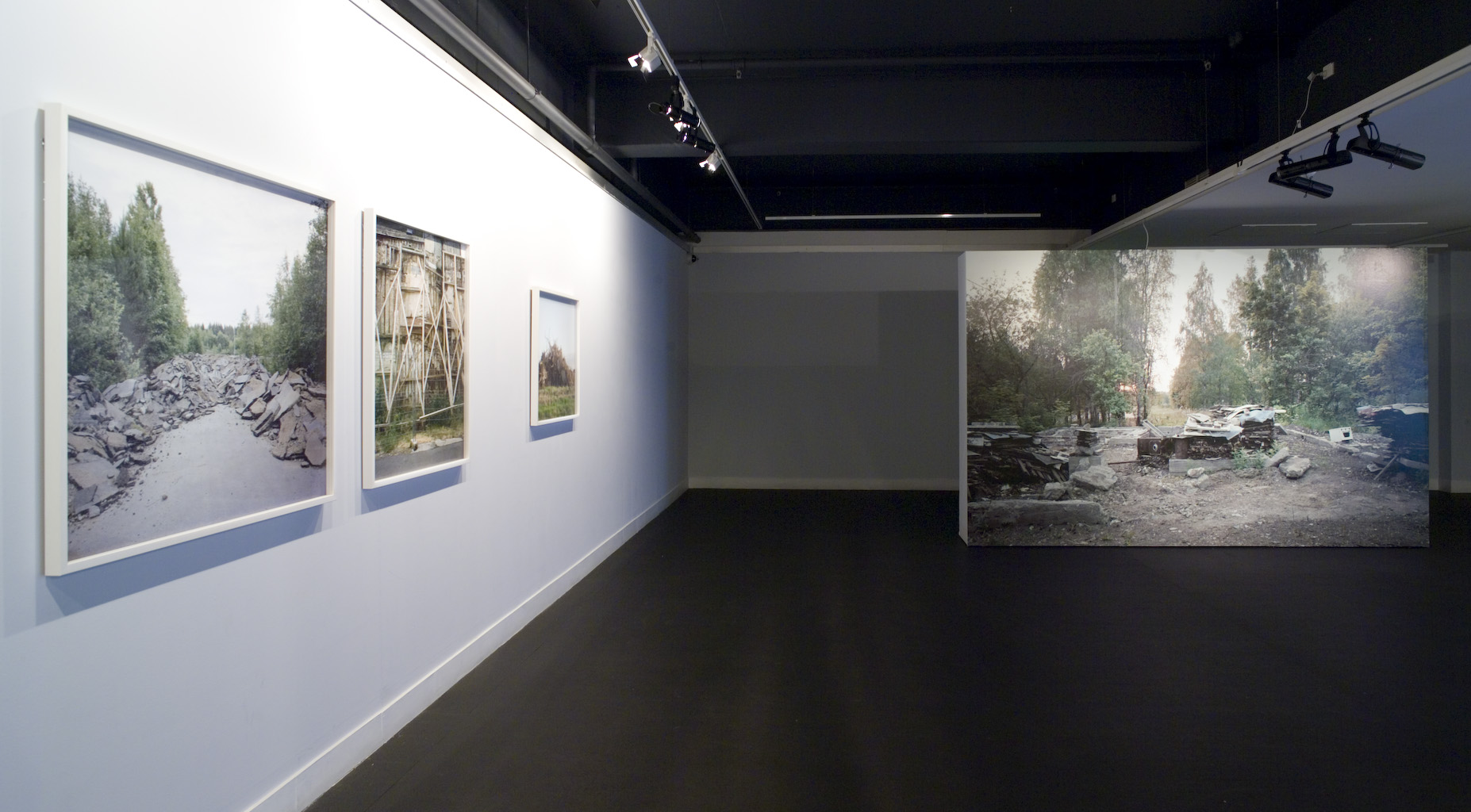
Reservoir 2012
installation view
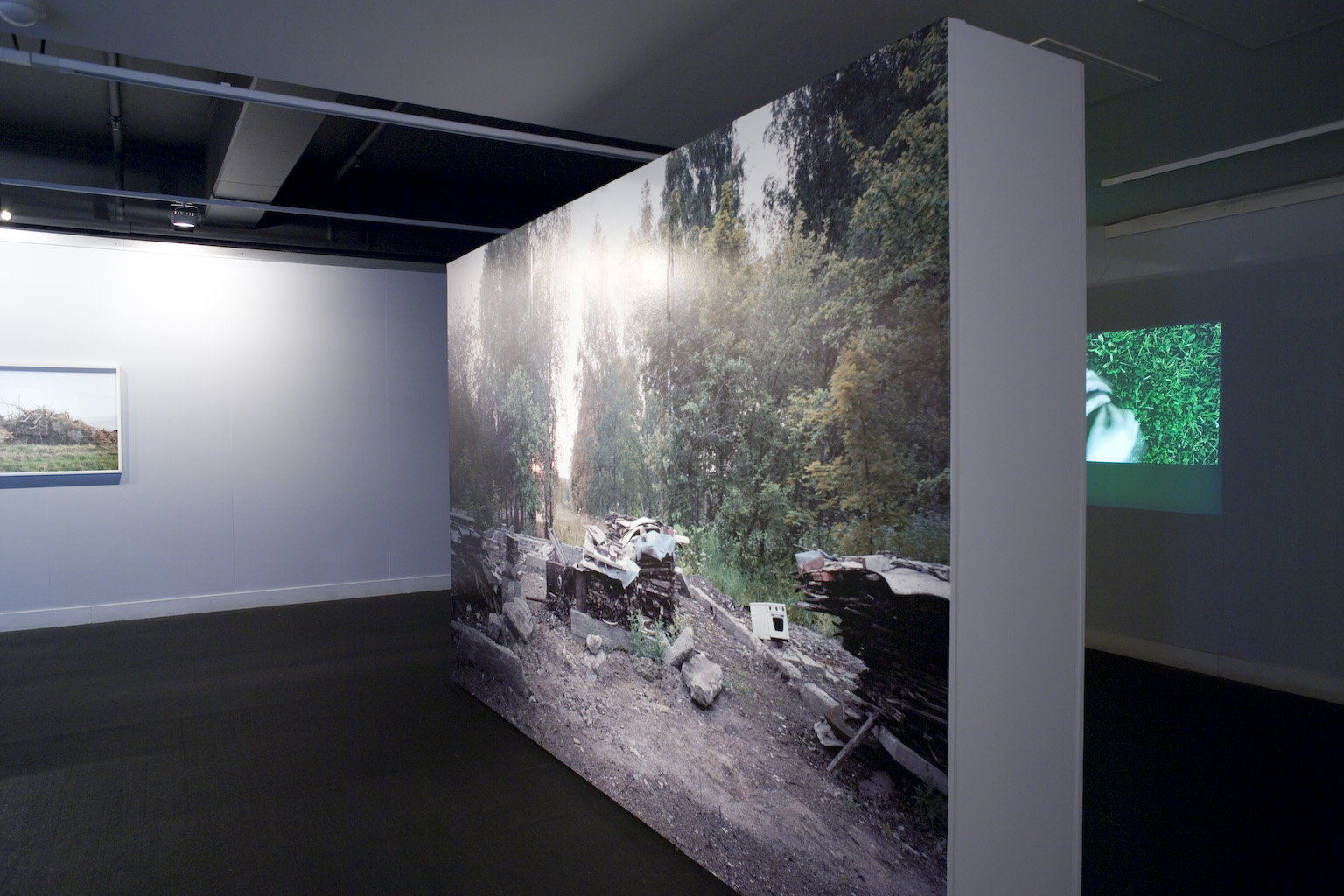
Reservoir 2012
installation view
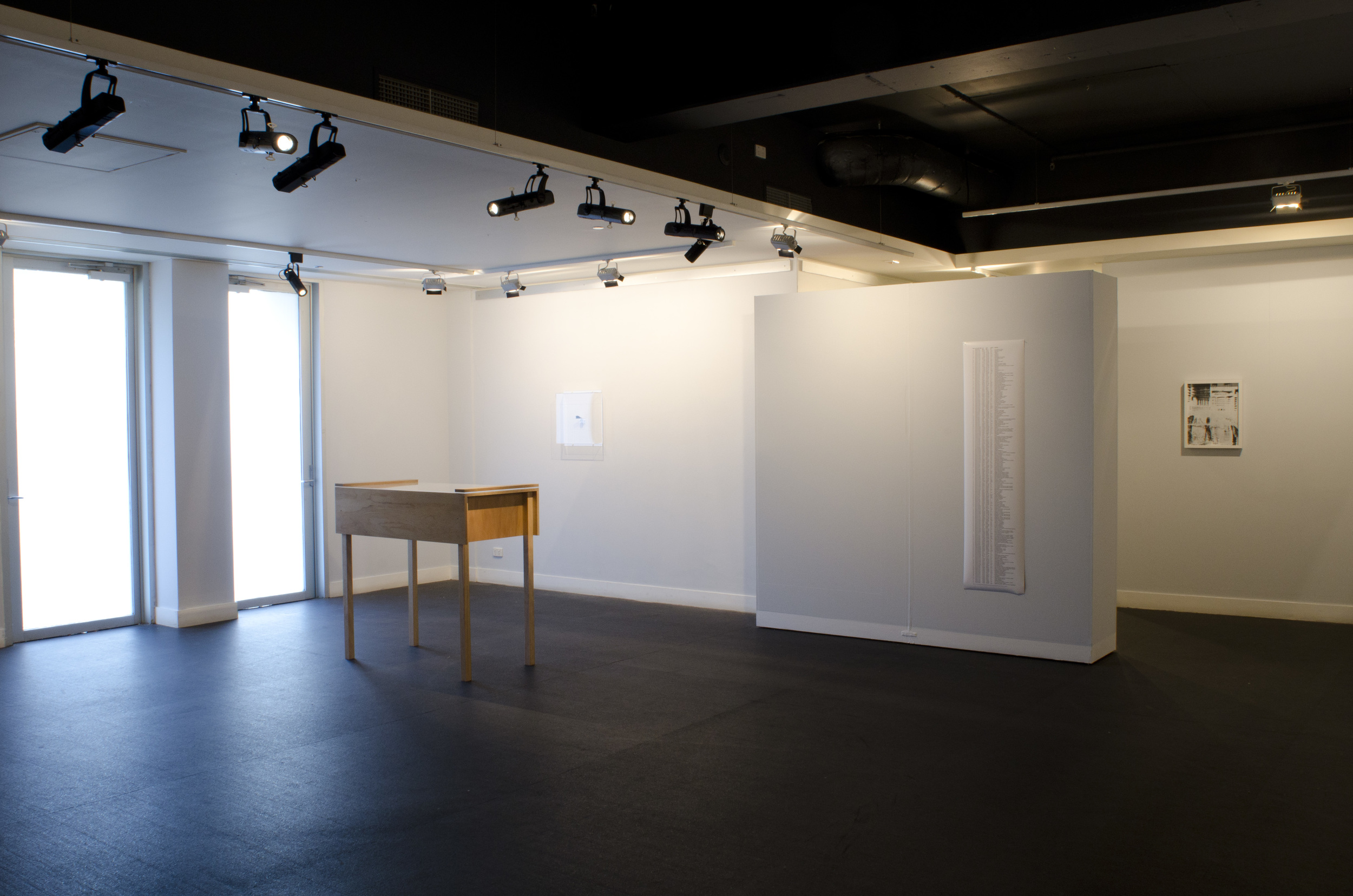
Reservoir 2012
installation view
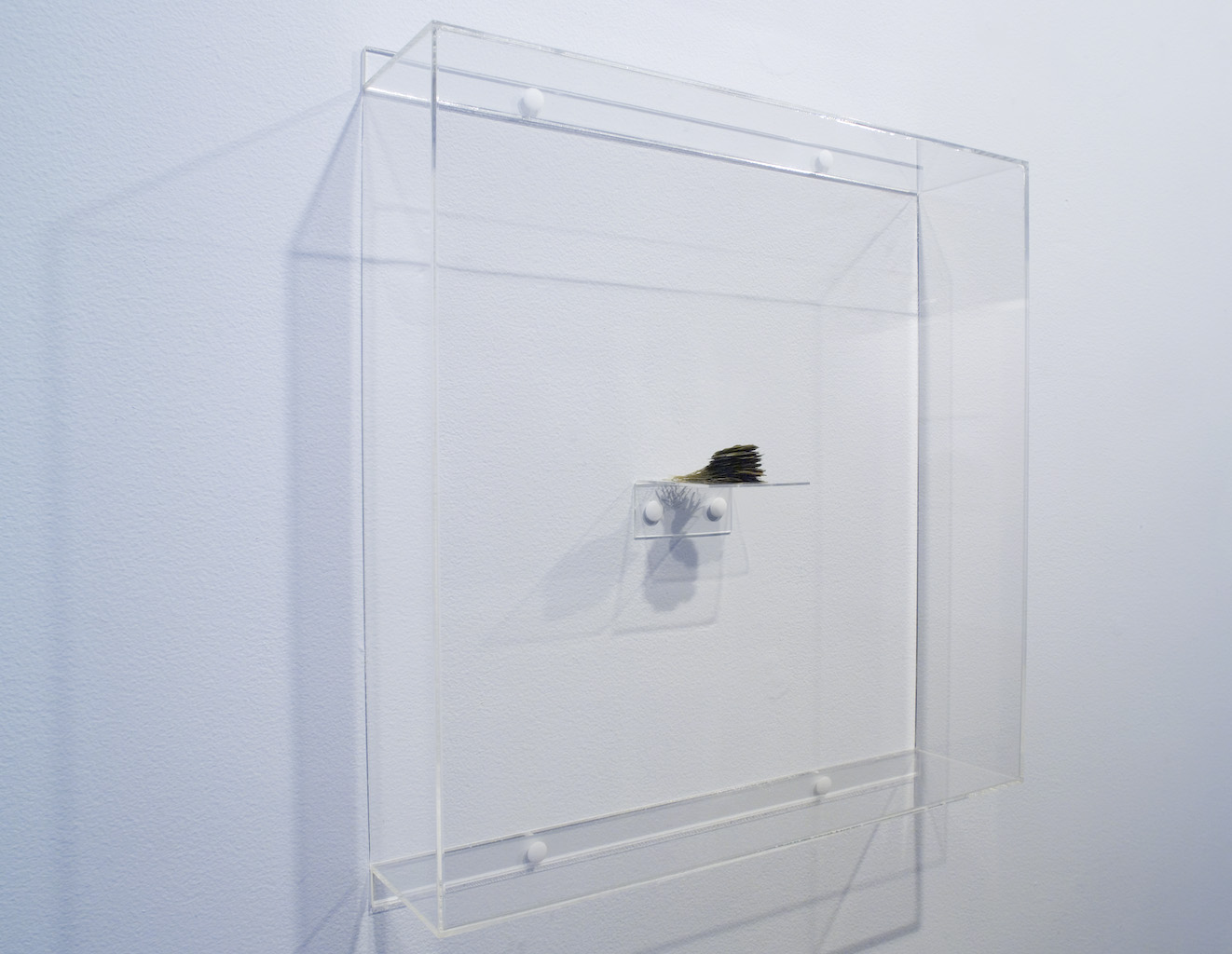
Three-leaf clovers (collected August, 2011, Cowwarr) 2011
installation detail
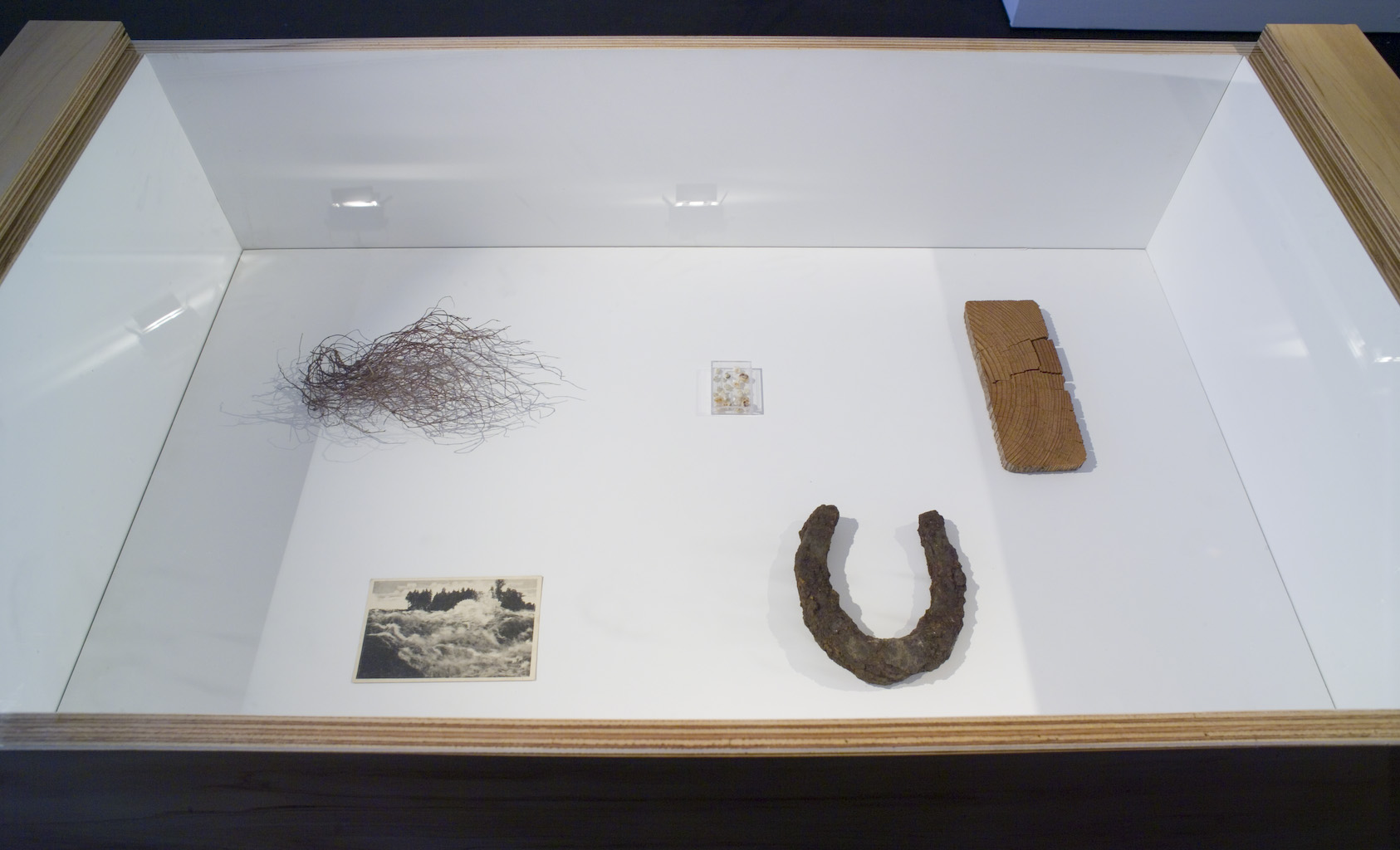
Reservoir 2012
installation view
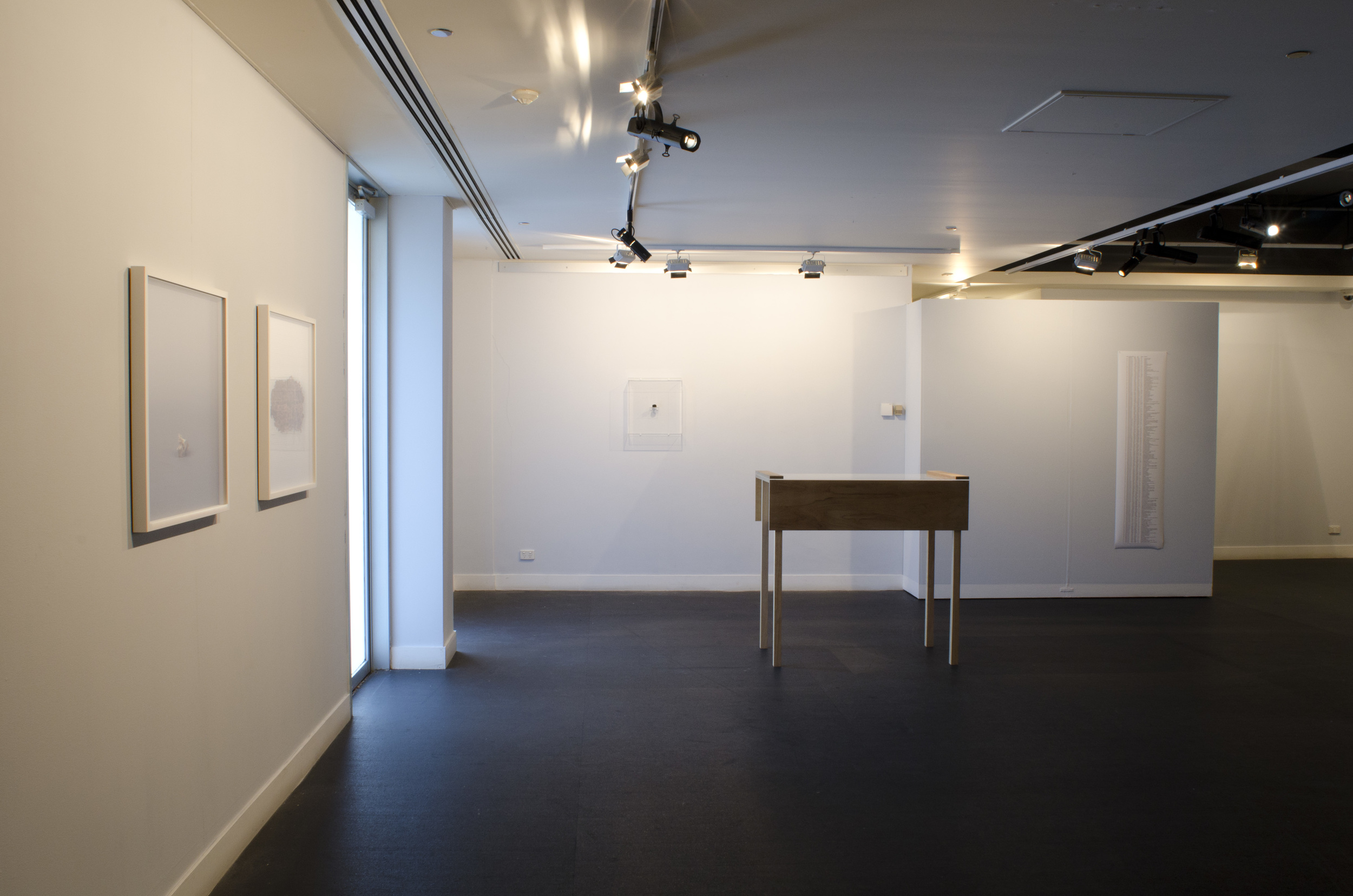
Reservoir 2012
installation view
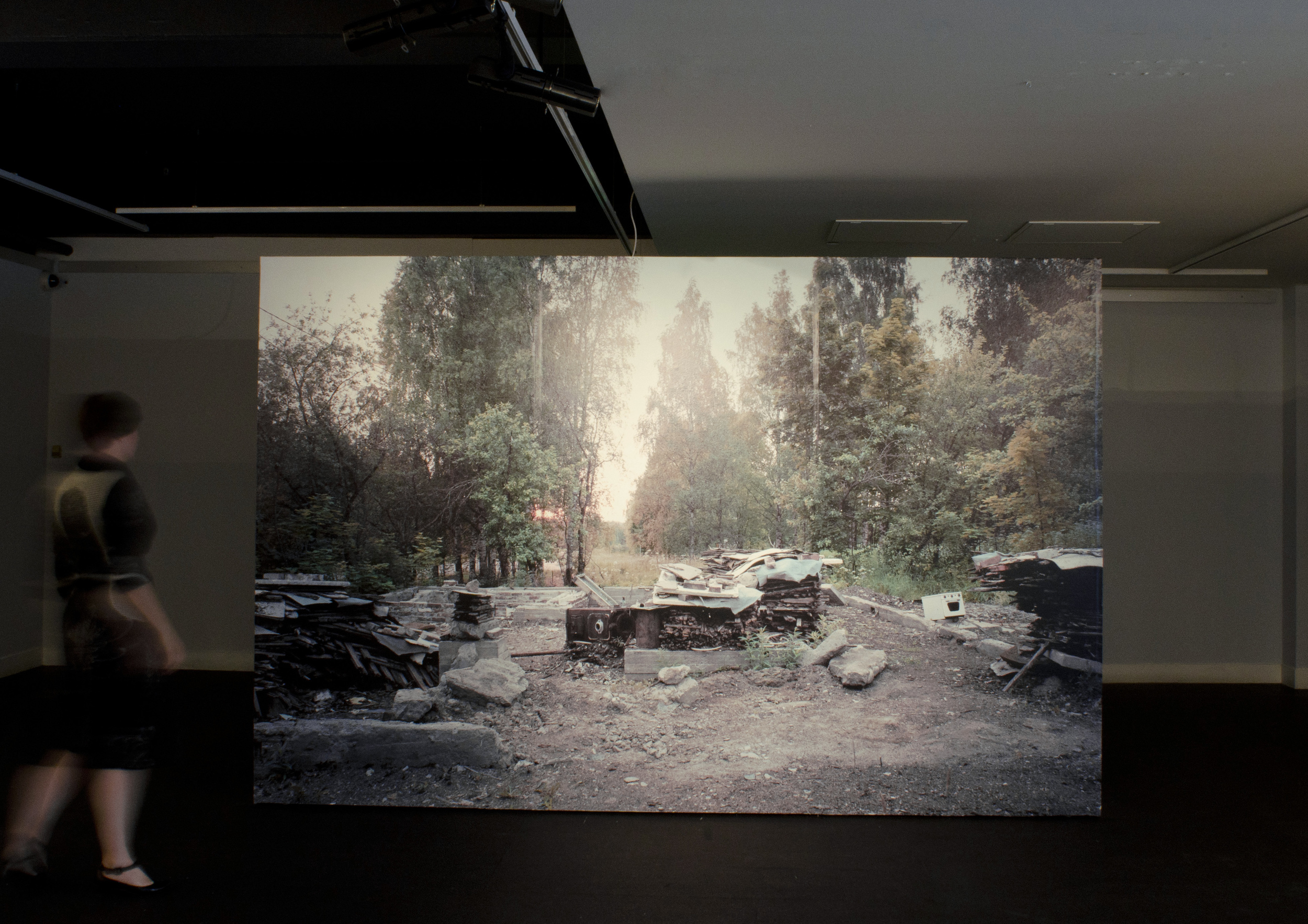
House (on the frontier) 2012
latex-based ink-jet print
273 x 360 cm

Termite nest 2011
chromogenic print
66 x 66cm
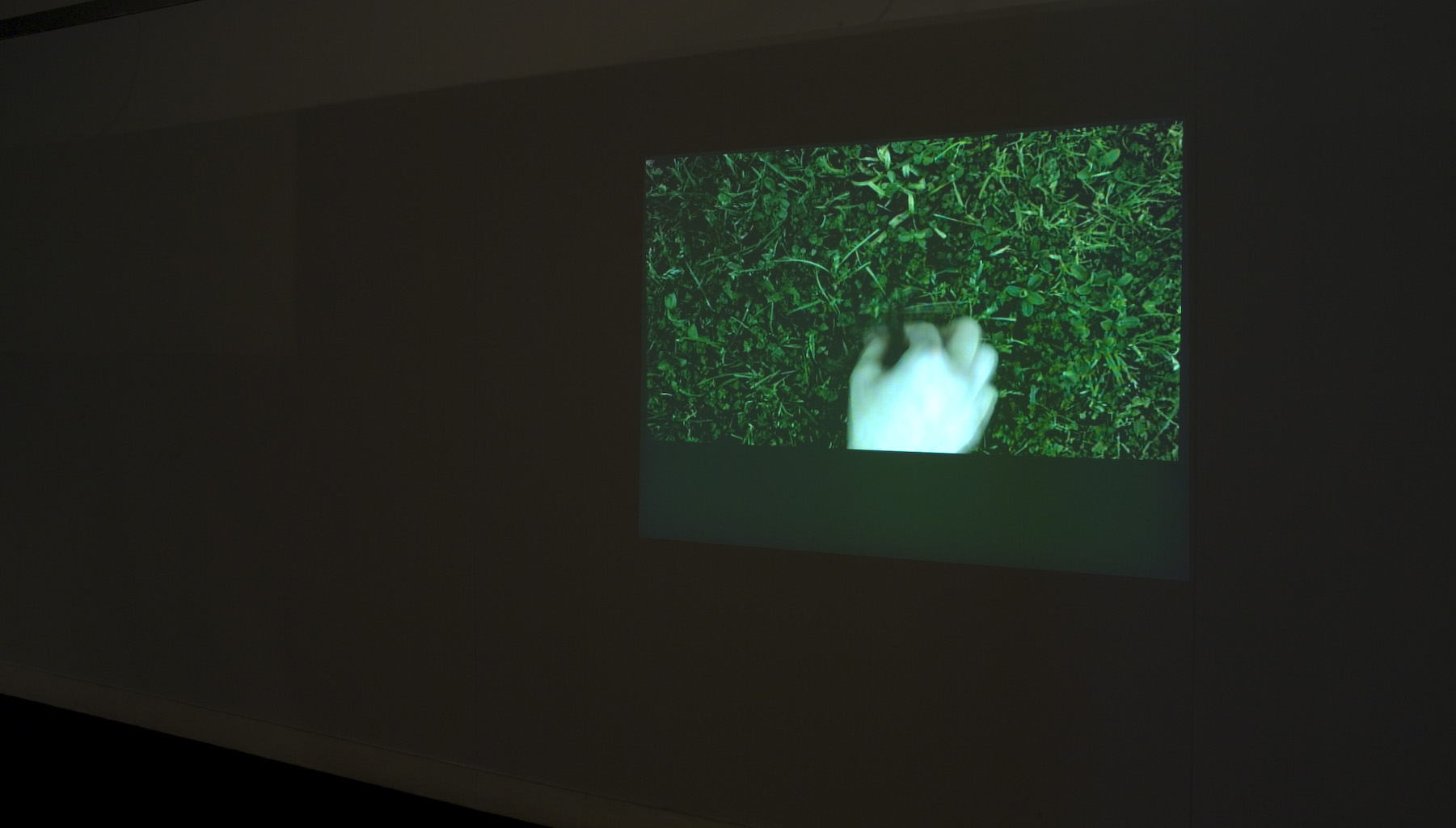
Clovers 2011
single channel video 03:15 (loop)
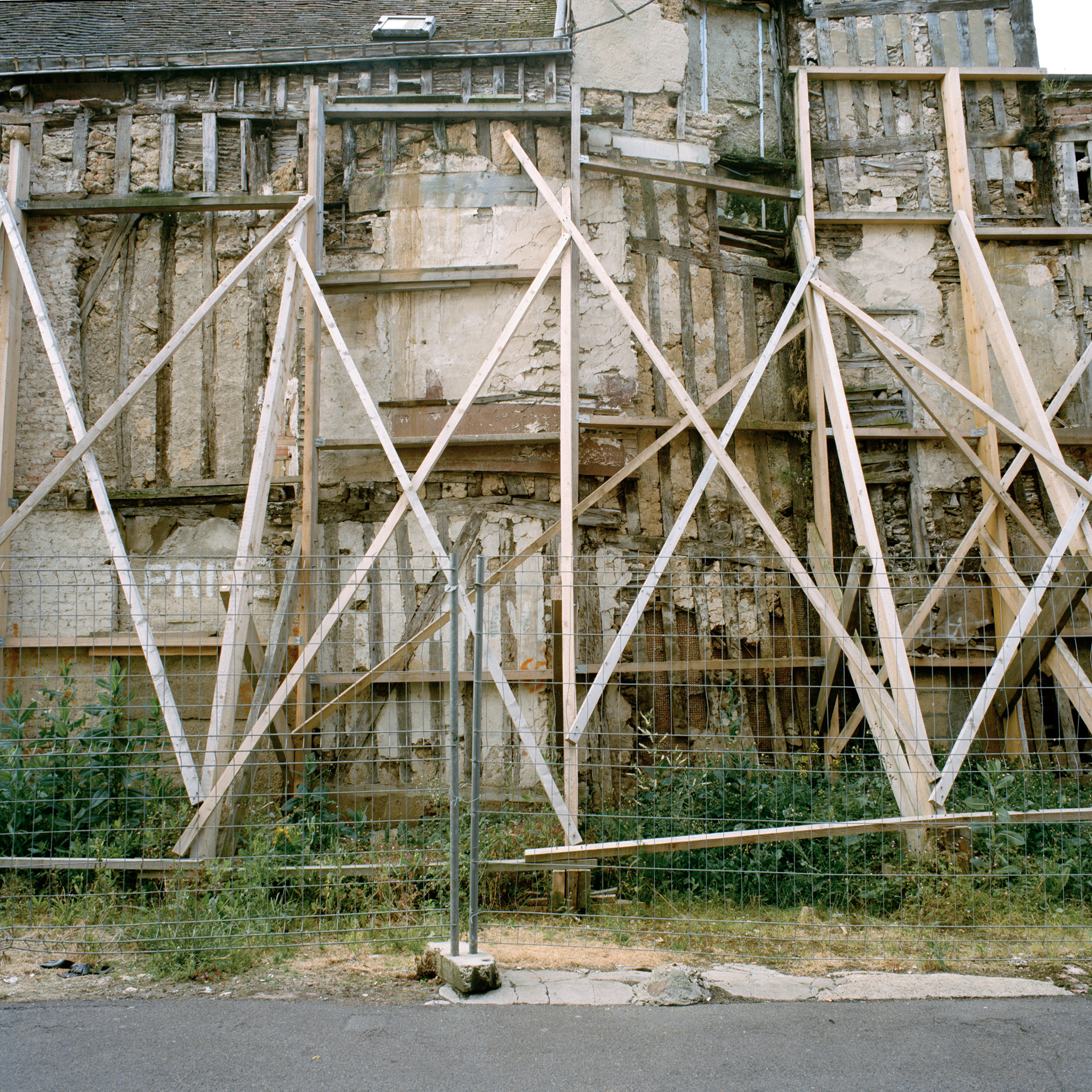
Reinforced wall 2011
chromogenic print
100 x 100cm
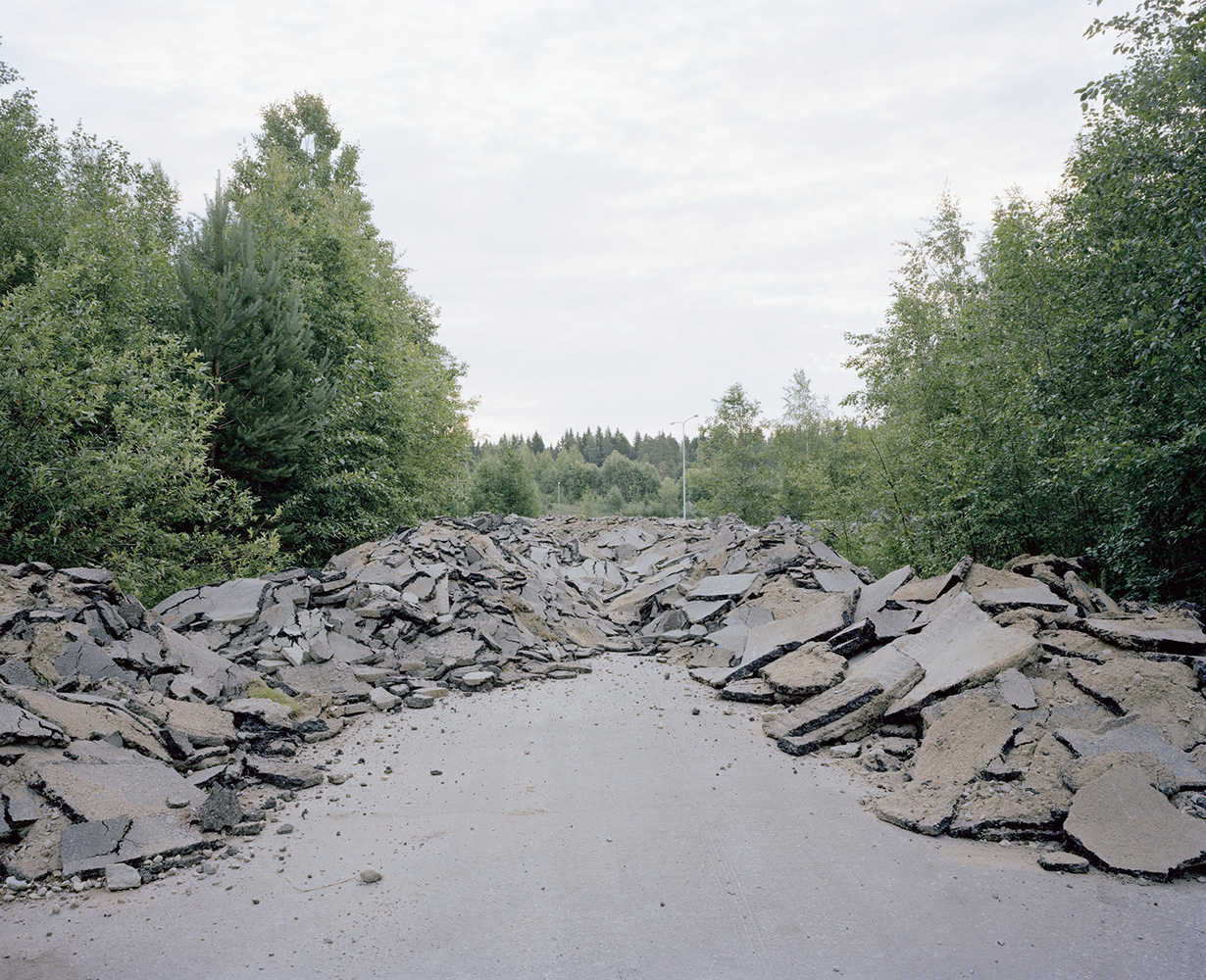
Lifted bitumen 2011
chromogenic print
100 x 123cm
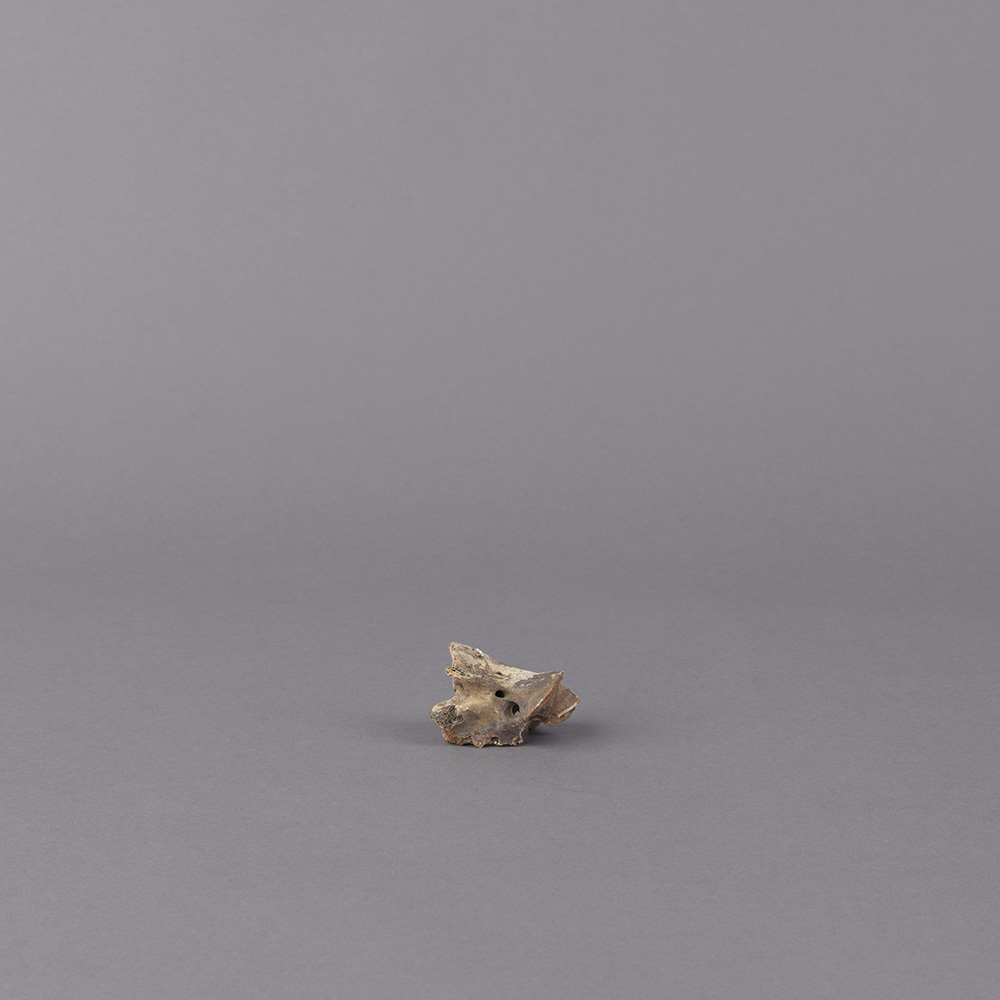
Vertebrae (found in garden dig, Wickham NSW September 2010) 2011
chromogenic print
66 x 66cm
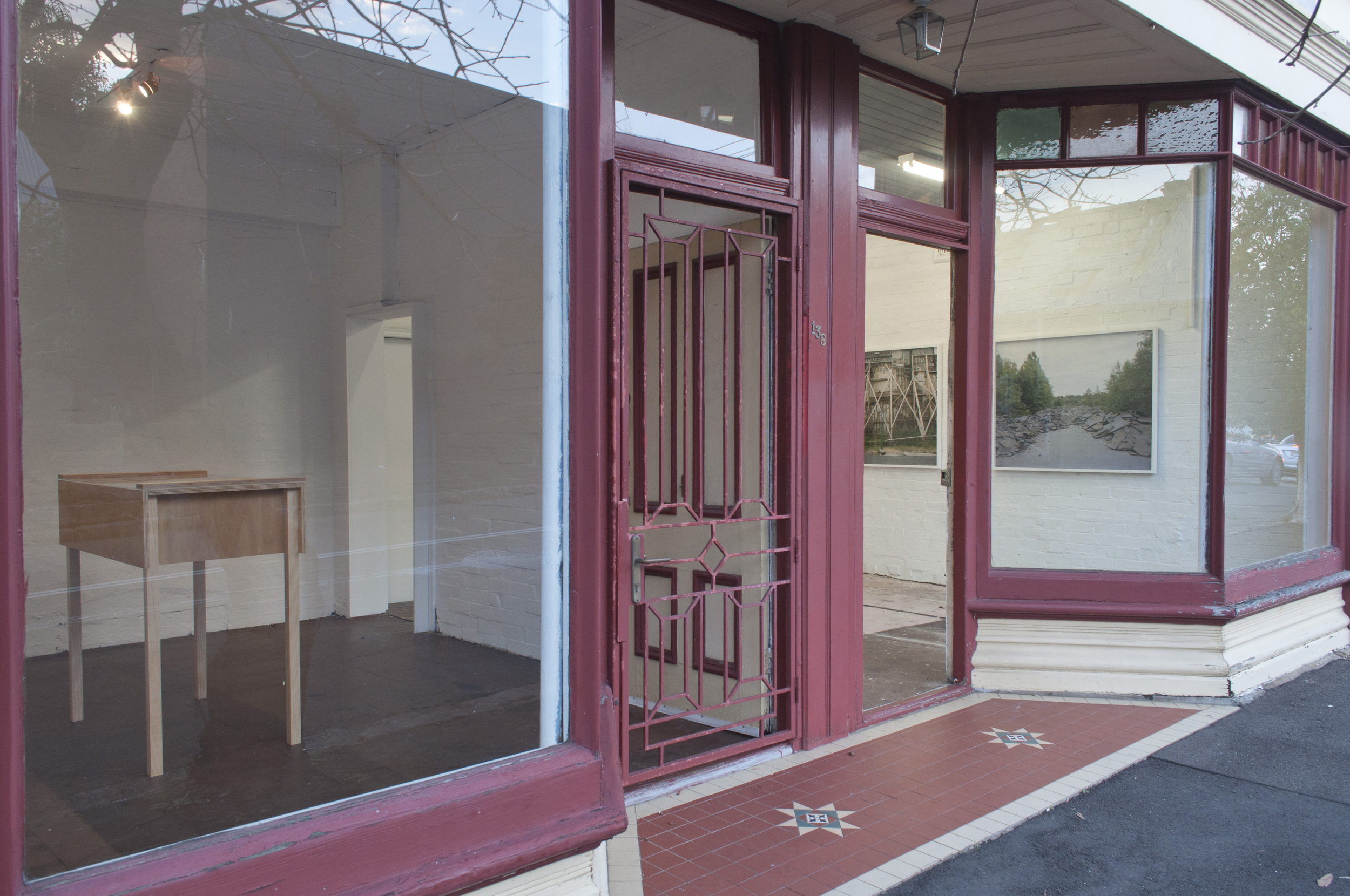
Reservoir 2011
installation view

Reservoir 2011
installation view
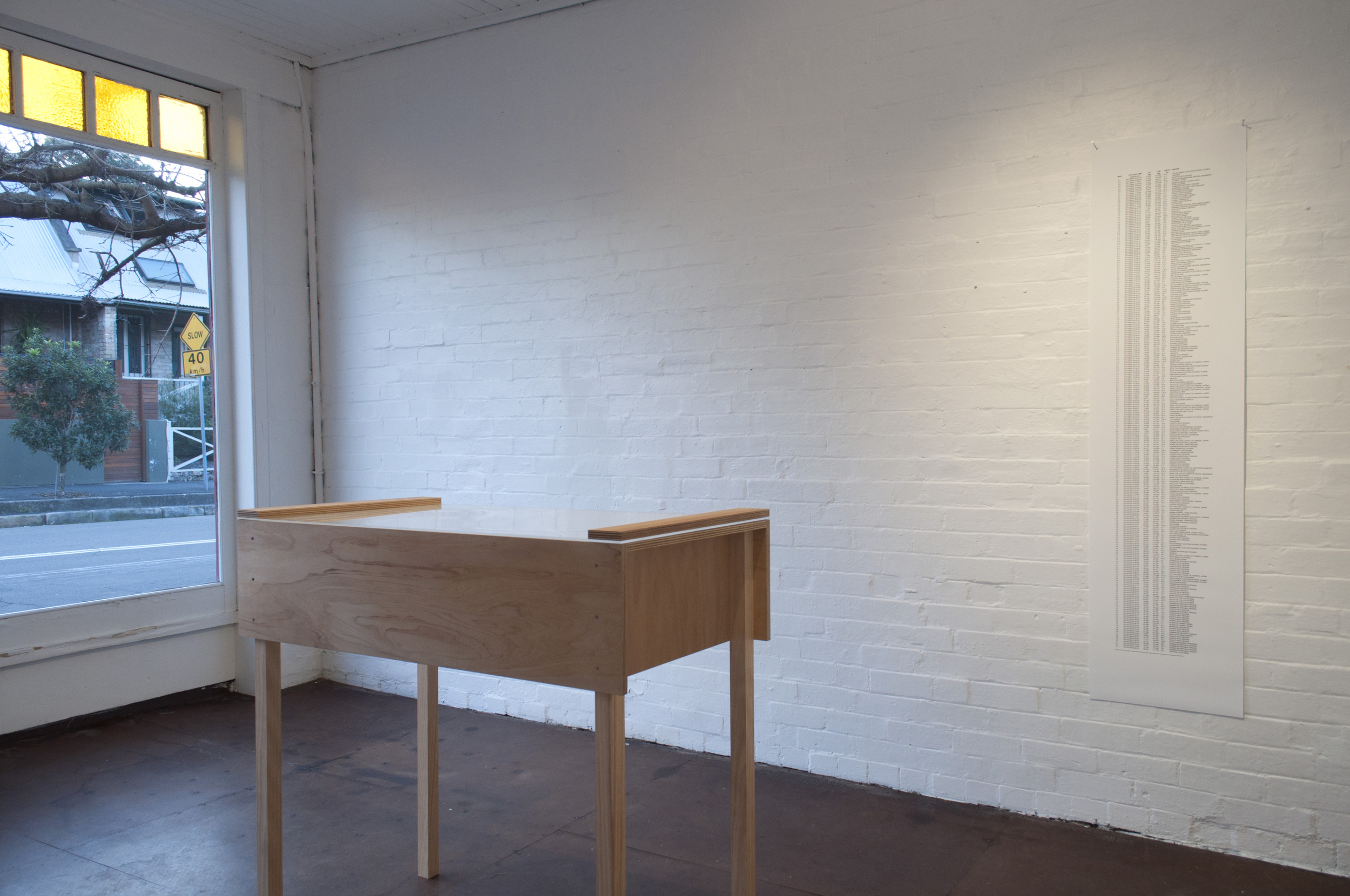
Reservoir 2011
installation view
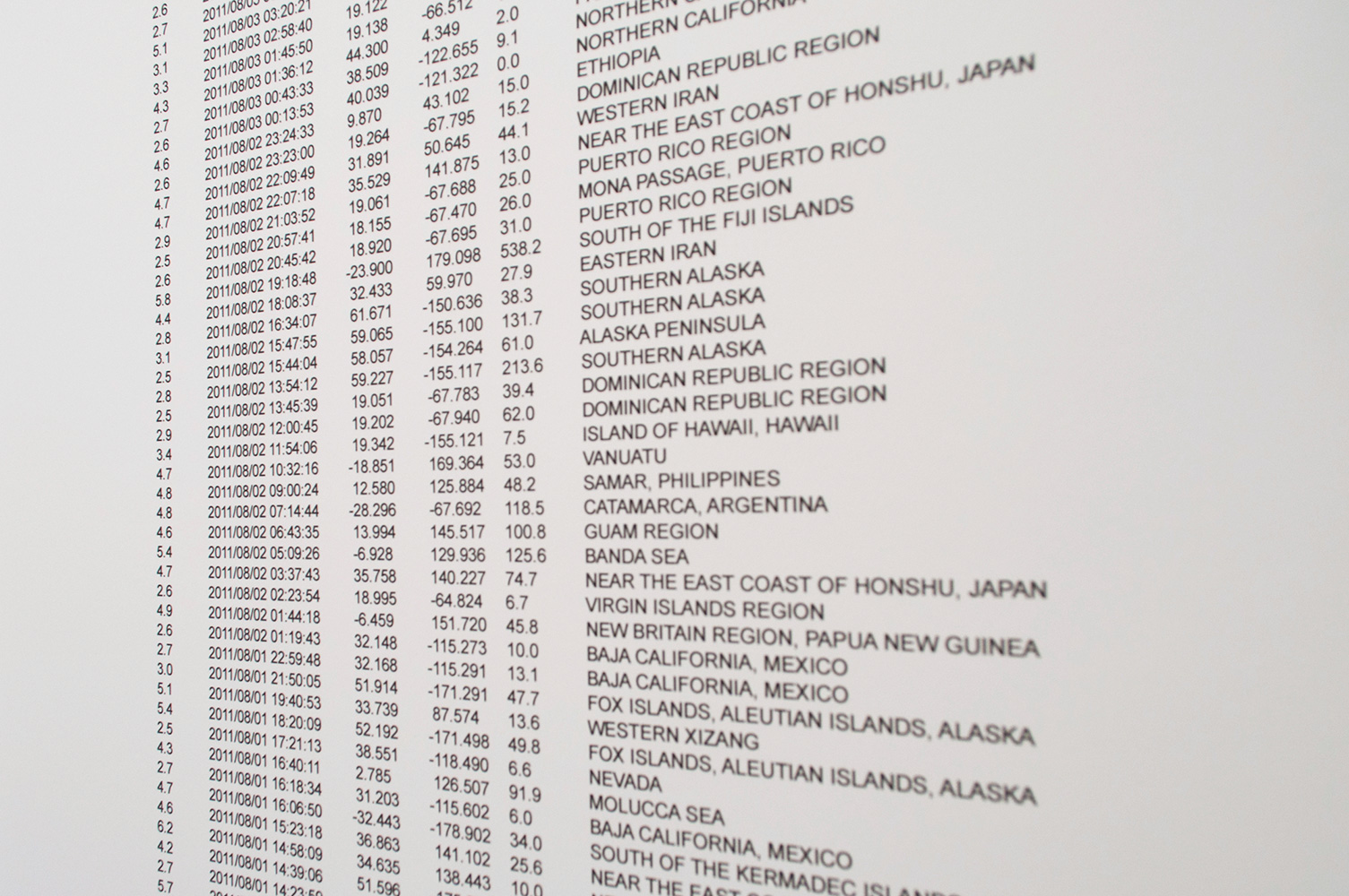
Latest Earthquakes in the World - Past 7 days 2011
inkjet print
43 x 170 cm
















